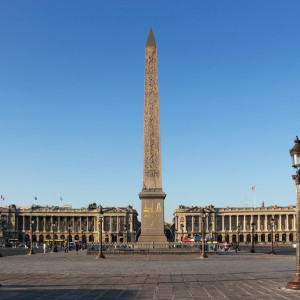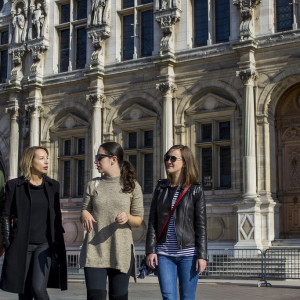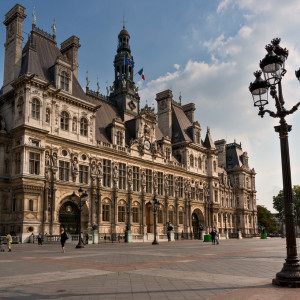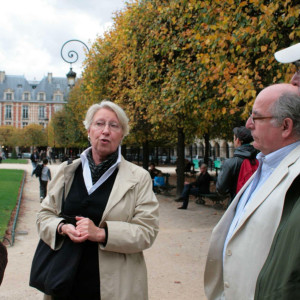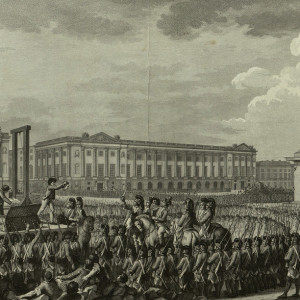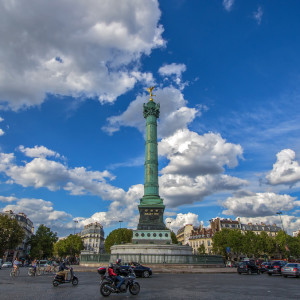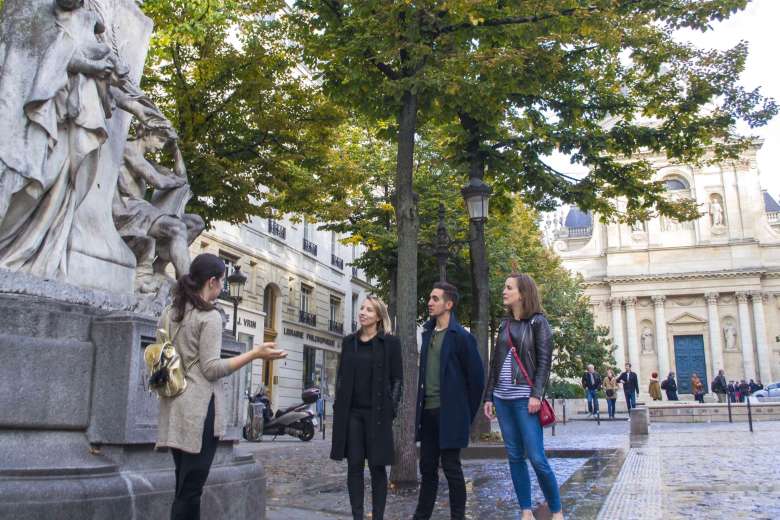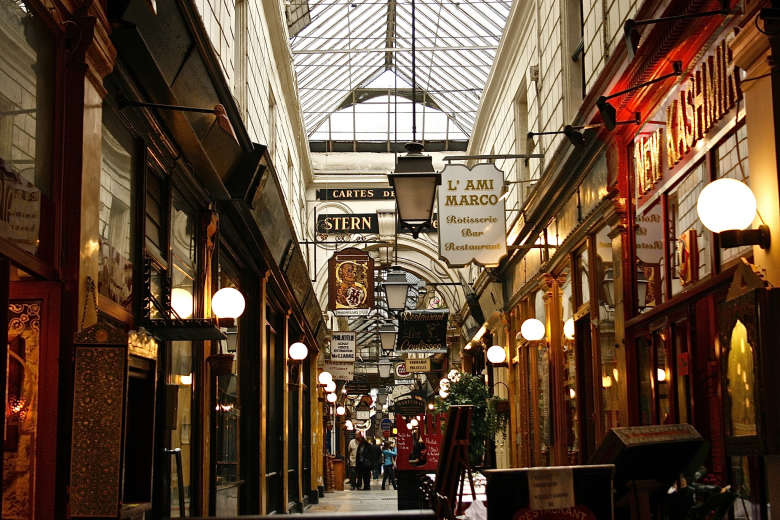Tour Details
- Duration
- 3 hours
- Product Type
- Tour
- Venues
-
- Bastille
- Hôtel de Ville
- Place de la Concorde
- Église Saint-Paul-Saint-Louis
- Place des Vosges
- Marais
Select a date
Tour Description
On the afternoon of July 14, 1789, a rebelling rabble laid siege to France's most hated fortress: the Bastille. Freeing the few remaining political prisoners, the mob began, stone-by-stone, dismantling the building that had come to symbolize the injustice of the old regime. This was the Revolution of 1789.
On this 3-hour French Revolution Tour in Paris, we will discover the influences that contributed to this rebellion, forever transforming the country. Led by a local expert, we will visit some of the locations that provided the stage for key events during the period. Starting near the Place de la Bastille, the site of one of the more famous rebellions in history, you will walk on the same roads as the revolutionaries and deep dive into the historical context of the period. As you wander through the nearby Marais, your expert will give you insight into daily life during the period, including giving you color on class tensions that sparked the uprising.
Stopping in front of the Hôtel de Ville, Paris' city hall, a symbol of the government, you will learn how its central square became a key location in each subsequent revolution. It was even set alight by revolutionaries during the Commune of 1871. You will visit several squares which played host to the horrific and infamous guillotine, and speak about its enduring image and influence throughout history. Ending at the most well-known home to the guillotine, Place de la Concorde, you will have time to discuss the impact of these historical events on politics, society, and culture in France today.
Stopping in front of the Hôtel de Ville, Paris' city hall, a symbol of the government, you will learn how its central square became a key location in each subsequent revolution. It was even set alight by revolutionaries during the Commune of 1871. You will visit several squares which played host to the horrific and infamous guillotine, and speak about its enduring image and influence throughout history. Ending at the most well-known home to the guillotine, Place de la Concorde, you will have time to discuss the impact of these historical events on politics, society, and culture in France today.
Emerging with a clearer understanding of how the Revolution of 1789 indelibly transformed French society, you will leave your tour having done a true deep dive into a subject that has had global repercussions throughout history.
Experts
- You are a self-confessed history nerd. This tour dives deep into the period of the French Revolution, and the important places and people of the time. This tour is for those clients who come to Paris hungry to learn!
- You have taken other focused subject matter tours with Context and are hoping to expand your knowledge to a new time period.
- You are planning on visiting Versailles during your time in Paris. What better pre-cursor to visit Marie Antoinette’s country home than by learning all about the circumstances around the revolution?
- Place de la Bastille
- Hôtel de Ville
- Place des Vosges
- Le Marais
- Église Saint-Paul-Saint-Louis
- Place de la Concorde
Transportation
Can I be picked up from my hotel?
We can arrange a private transfer from your hotel to for this tour. Our car service will pick you up at your hotel and transfer you to the meeting point, where you will meet your Context expert. Please reach out or leave a note at the time of booking if you would like to add this service for an additional fee.
Additional Trip-Planning Resources
- For more information on planning your travels to France, take a read through our Context Stories.
- If you are looking to learn more about French history prior to a visit, check out our online lectures.
Do we visit the Carnavalet museum with this itinerary?
We will not be visiting the museum on our tour, but do encourage you to visit on your own after the tour. The discussions we have on our tour will provide context for understanding the Carnavalet's revolution rooms.
.
We understand that some of our valued guests may have mobility concerns, and we want to ensure you have a comfortable and enjoyable experience throughout your tour. If there are any accessibility concerns that your tour guide will need to be aware of, please let our team know at the time of booking.
Is this tour wheelchair-friendly?
We cover extensive territory on this tour, some of it by public transport. Not all metro stations in Paris are wheel-chair accessible. Please contact us if you have mobility concerns; we will be happy to advise if this tour will be appropriate for you.
Book with confidence — see Context's flexible cancellation policy here.
Where You'll Start
284 Reviews
–
Reviews can only be left by Context customers after they have completed a tour. For more information about our reviews, please see our FAQ.
Wonderful tour that allows flexibility. My father and I really enjoyed it. We would highly recommend.
Bobak
Apr. 18, 2024
We thoroughly enjoyed this tour and learnt so much about the French Revolution. It’s a complex subject and Marie really pulled it together it for us, with her extensive knowledge and passion for history. I wouldn’t hesitate in recommending the tour or Marie. It was fantastic.
Emma
Apr. 8, 2024
Thierry was a wonderful tour guide - very knowledgeable and friendly. We thoroughly enjoyed our tour!
Cathy
Apr. 2, 2024
